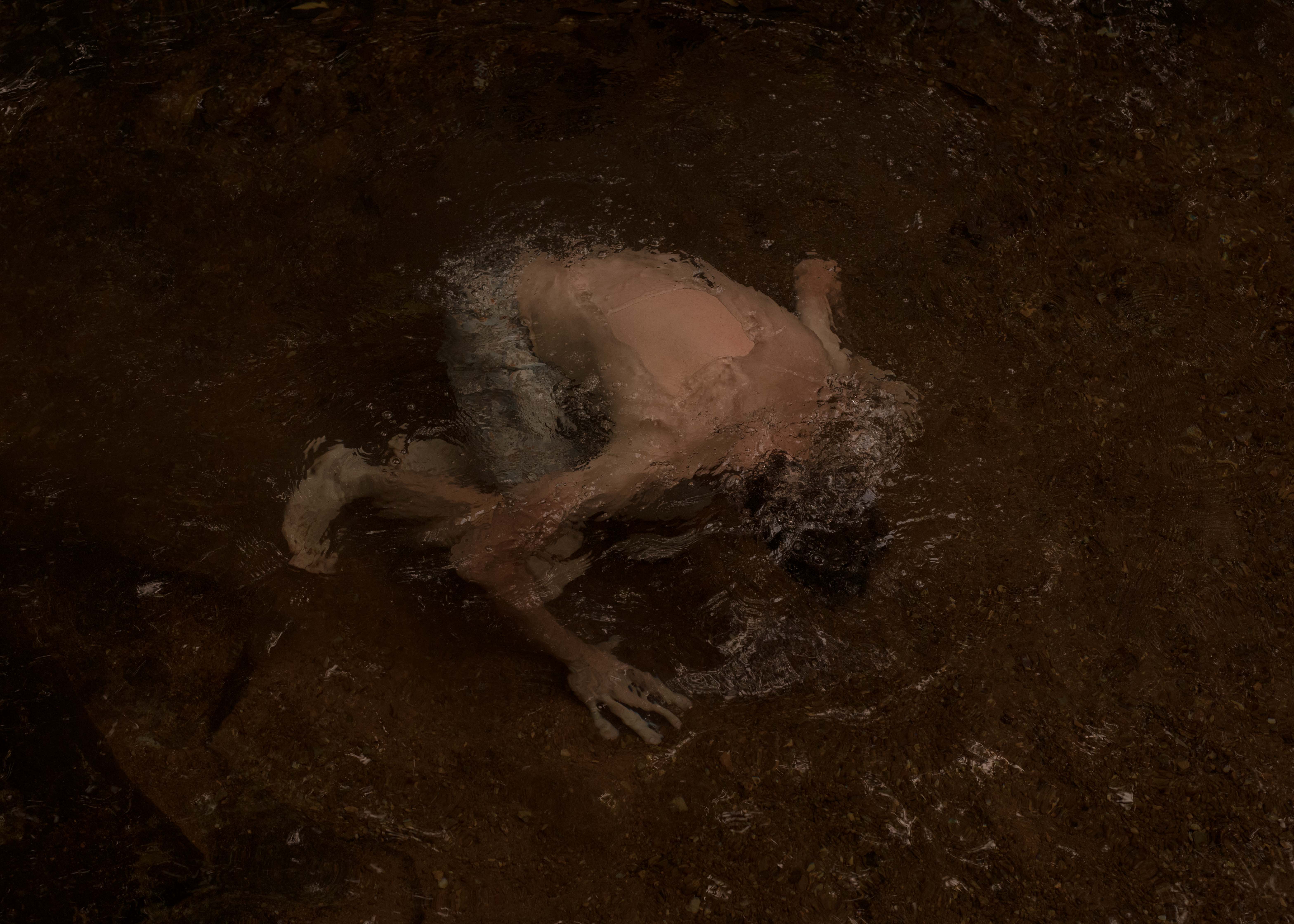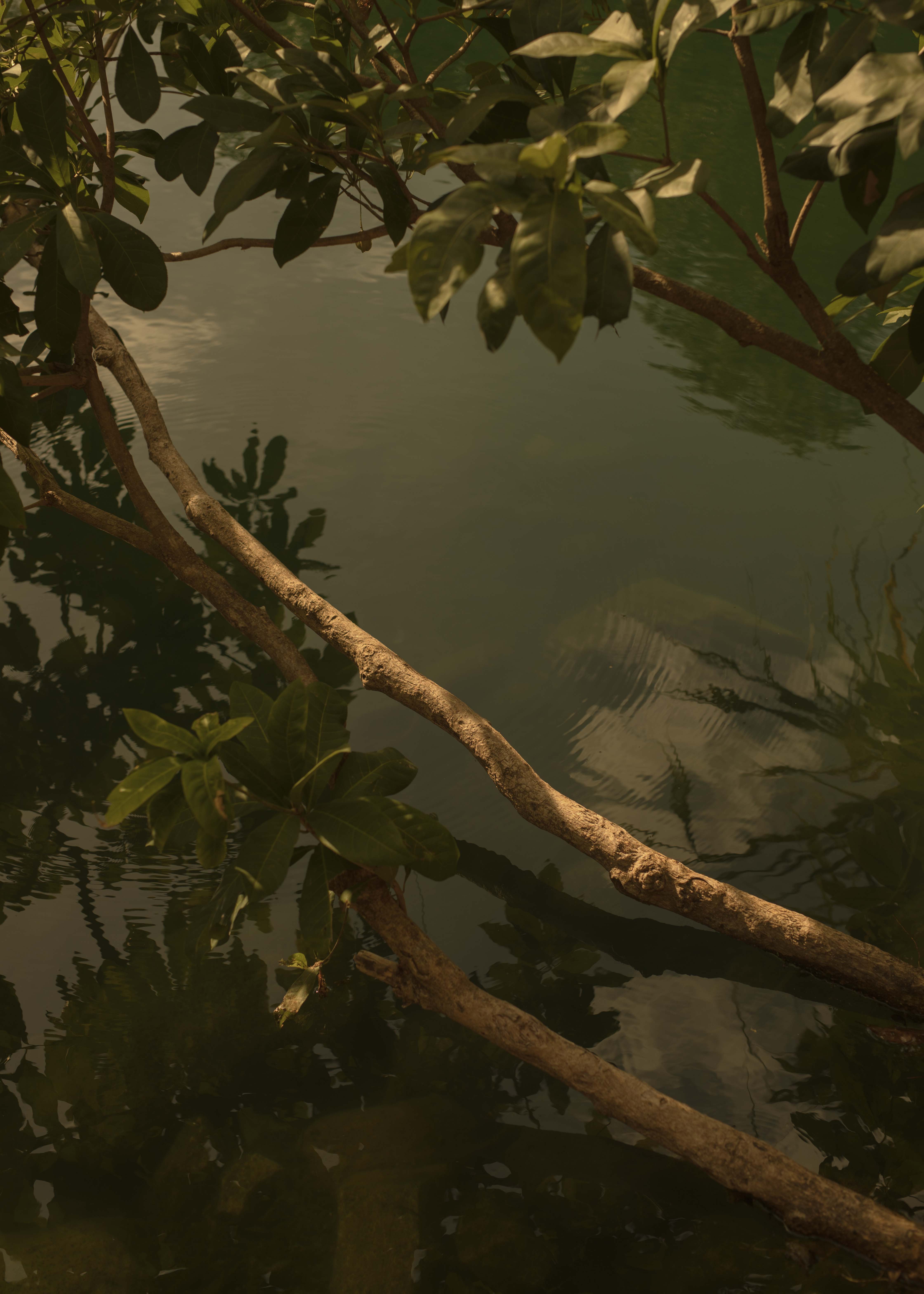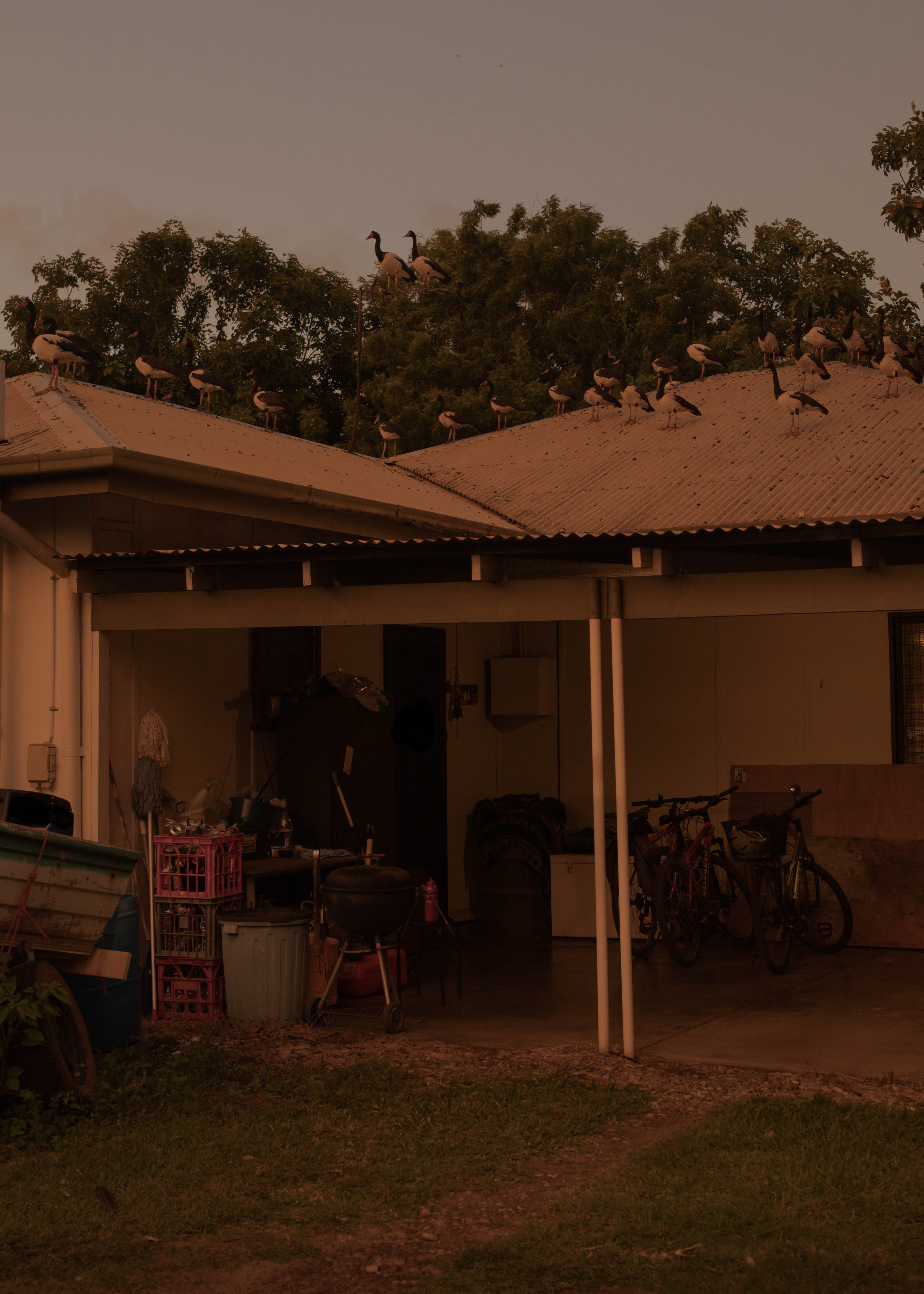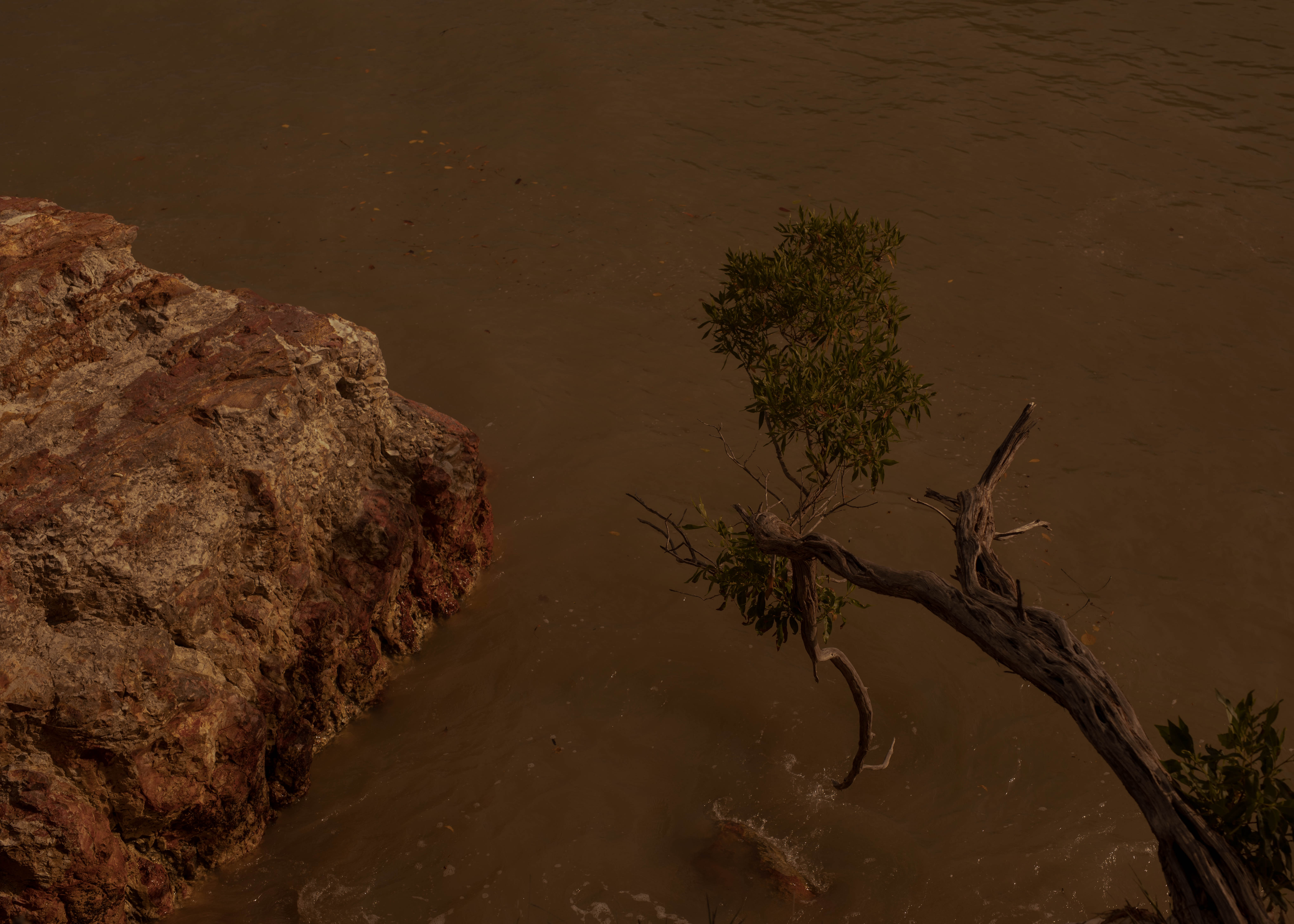Stories of Australian survival, 'mango madness', tension and relief come to the fore in documentary photographer and PSC graduate Abigail Varney's upcoming exhibition. Her body of work 'The Build Up' explores the period of intense anticipation between the end of a long dry season and the start of the monsoon in tropical Northern Australia. Abigail's photographs (taken in Darwin) will be featured at the upcoming CCP show '23° and Rising'.

Tell us about the term and title of your work 'the build up'?
The 'build up' refers to the climatic pattern in the Australian top end during which the weather transitions from the dry to monsoon – and the psychological anticipation at this juncture. There is a steady rise in ambient temperature, the air builds in thickness and weight. Grey clouds roll through only to build anticipation for what's to come. The locals call it mango madness – sunset mangoes ripen and fall from trees while people experience unstable moods.
What exactly is 'mango madness'?
Seasonal affective disorder (SAD) is the basis for mango madness. The psychological effects of the weather on humans. The common thread can be the lack of sunshine which can influence a person's mood. In this case, there's the oppressive humidity paired with rolling grey clouds. During this time, people tend to eat and sleep less, their energy is low, they become irritable, dehydrated which can lead to changes in behaviour. The rain brings peace and settles the intense humidity.

Your research unveiled some disturbing facts too, can you share this with us?
There were lots of articles mostly colloquial talking about the Aussie spirit and getting through the 'bastard build up', tips for survival etc. There is also a darker side to the story were statistics of domestic violence, alcohol-related violence and peaks in suicides around this time. While I was there I did speak to people about their experience, the town felt very quiet on the streets though, as people conserve energy at home. The lack of people directed my camera to the flora and fauna observing the natural environment's response to this transition.
How will climate change effect the future of this community?
Climate change is already effecting Darwin as the temperature continues to rise, having record highs in the dry season. It is also concerning the build up period and the extension of this time. Pushing back the monsoon season and therefore shortening it. The big question in years to come will be; is this place still inhabitable?

What initially attracted you to this project?
The tropics in Darwin has its own set of seasons that are unique to its location and reflect its own way of life. You see it in the character of the people, the architecture, the natural environment - it all tells their story.
Your previous work also explores this theme of 'Australian survival' tell us more about it?
I did a long term project in Coober Pedy in the Australian outback, after that I wanted to discover another very unique environment completely different to the harsh desert setting but still connected to the theme of Australian survival.

How was this experience different?
I had to practice very different visual language from the harsh sun burnt dryness. It became dark heavy and damp to reflect the humidity and moisture in the tropics. That kept it interesting for me and I was learning a whole new set of skills of understanding and interpreting what I was trying to communicate.
To be only an hour's drive from a place in the desert to the tropics lies all my excitement for this country, how quickly landscapes and way of life can change in Australia.
When did you start documenting contemporary Australia?
I’ve always been interested in Australia and its diverse ecologies and how weather and environment can depict and create unique ways of life and create the most interesting of characters and stories. I’ve grown up in Melbourne my whole life so I very curious to explore other parts of the country.

You graduated with an Advanced Diploma in 2013, how has Photography Studies College inspired your photography?
PSC encouraged me very early on to start shooting as quickly as you can while you were attending the course. That advice I really took on board. I didn’t wait till I finished to then go out and give the industry a crack.
The course has changed so much since I have been to PSC, it has really blossomed into this exciting community hub with so many mentors and teachers from all around the world. I would definitely recommend going here as their approach to learning and resources are the best in the country!
Peter (who helms the print shop) has exceptional skills and insight into all aspects of the final editing and printing stage. He has worked with so many artists and has a lot of experience. When I discussed my themes in the work he knew straight away what I was trying to communicate and perfectly fitted my work with the right printing materials. It is an absolute pleasure to work with him – you will learn so much from Peter!
Abigail's work will be shown at the CCP's '23° and Rising' exhibition with photographer Matthew Stanton. Opening night is Friday 23 August 2019, 6-8pm, and there is an artist talk on Saturday 24 August from 12:30-2pm.

